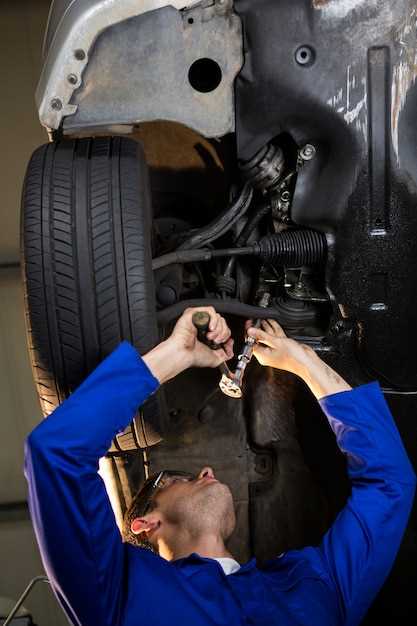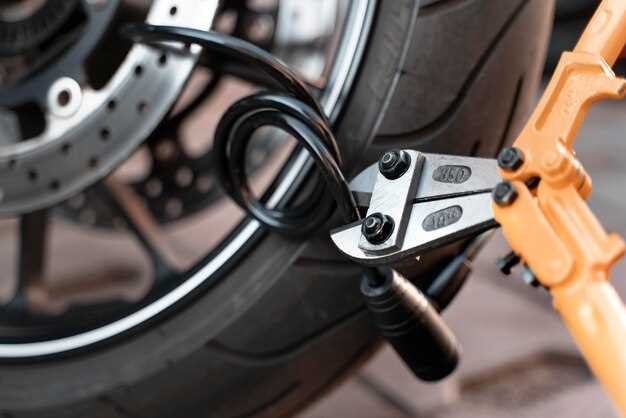
When it comes to maintaining your BMW, one of the critical components to keep an eye on is the shock absorbers. These crucial parts play a significant role in ensuring your vehicle’s stability and comfort while driving. However, over time, they can wear out, leading to various performance issues that may compromise your driving experience.
Understanding the signs that indicate a need for replacement is essential for any BMW owner. Shock absorbers are designed to absorb the impact from uneven road surfaces, allowing for a smooth ride. If these absorbers are failing, you may start to notice changes in how your BMW handles on the road.
Recognizing the symptoms of worn-out shock absorbers can save you from potential hazards and costly repairs down the line. From increased bounce to difficulties in braking, the indications are often subtle at first but can escalate quickly. Being proactive about these signs will not only enhance your BMW’s performance but also extend the lifespan of your vehicle.
Unusual Noise During Driving: How to Identify Shock Absorber Problems

Hearing unusual noises while driving your BMW can be a signal that your shock absorbers are failing. Identifying these sounds early can prevent further damage and enhance your driving experience. Here are some common noises associated with shock absorber issues:
- Banging or Clanging Sounds: This noise often indicates a loose or damaged absorber. It may be more noticeable on bumpy roads.
- Hissing or Air Escaping Sounds: If you hear a hissing sound when driving, it could mean that the shocks are leaking fluid, affecting their performance.
- Clunking Noises on Bumps: A clunking noise when going over bumps often points to worn or broken shock absorbers, leading to inadequate cushioning.
- Continuous Rattling: If there’s a persistent rattling while driving, it could signify that the shock absorbers have lost their effectiveness and need replacement.
To accurately diagnose shock absorber issues, consider the following steps:
- Conduct a visual inspection of the absorbers for signs of damage or leakage.
- Evaluate driving comfort; any excessive bouncing can indicate shock absorber failure.
- Drive over uneven surfaces and listen for any peculiar noises that may arise.
If you experience any of these symptoms, it’s essential to consult a professional mechanic familiar with BMW systems to ensure your safety and vehicle performance.
Poor Ride Quality: Recognizing Signs of Worn Shock Absorbers in Your BMW

When driving your BMW, a smooth ride is essential for both comfort and handling. However, if you notice a decline in ride quality, worn shock absorbers could be the culprit. Shock absorbers play a crucial role in maintaining control and stability by dampening the effects of road imperfections.
One of the first signs of failing absorbers is an excessive bounce when driving over bumps or potholes. These components are designed to minimize vertical movement, and if your BMW seems to bounce more than usual, it’s time to investigate. A pronounced feeling of instability during cornering or while braking can indicate that your shock absorbers are not functioning correctly, leading to poor ride quality.
Additionally, if you experience an increase in road noise or vibrations, this may also suggest that your shock absorbers are worn out. They are intended to absorb shocks and prevent harsh impacts from being transmitted to the vehicle’s cabin. Therefore, if you feel every crack in the road or hear unfamiliar sounds, it may indicate that replacement is necessary.
Tire wear is another critical aspect to consider. Uneven or accelerated tire wear can result from compromised shock absorbers, affecting not only your ride quality but also your vehicle’s handling and safety. Regularly inspecting tires for signs of wear can help identify suspension issues early.
In summary, poor ride quality in your BMW can stem from worn shock absorbers. Symptoms such as excessive bouncing, instability during driving, increased noise, and uneven tire wear should prompt an inspection and potential replacement of your shock absorbers to restore your vehicle’s performance.
Visual Inspection: Key Indicators of Damaged Shock Absorbers on BMW Vehicles
When assessing the condition of your BMW’s shock absorbers, a careful visual inspection can reveal key indicators of potential damage. Start by examining the shock absorber itself for any visible signs of leakage. A damaged or worn shock often exhibits oil residue around its body. If you notice fluid dripping down the sides, it is a clear sign that the internal seals have failed, affecting the performance of your ride.
Next, check for any dents or physical deformities on the shock absorber. Any noticeable damage to the structure can compromise its functionality, leading to a bumpy and uncomfortable ride. Look for cracks or bends which may have resulted from impacts or driving over rough terrain.
Additionally, inspect the mounting points on the shock absorber. Worn or broken bushings can cause excessive movement, leading to noise and further damage. If you find any rust or corrosion at the mounting brackets, it may indicate prolonged exposure to moisture, which can weaken the shock’s integrity over time.
It is also essential to examine the surrounding suspension components. Look for abnormal tire wear patterns, as uneven wear can suggest that the shock absorbers are not effectively controlling the motion of the wheels. This can lead to instability and an unreliable ride.
Lastly, perform a bounce test by pushing down on the front or rear of the vehicle. If it bounces more than once before settling, this may indicate that the shock absorbers have lost their damping ability, requiring replacement. A properly functioning shock should return to a stable position with minimal oscillation, ensuring a smooth driving experience in your BMW.



